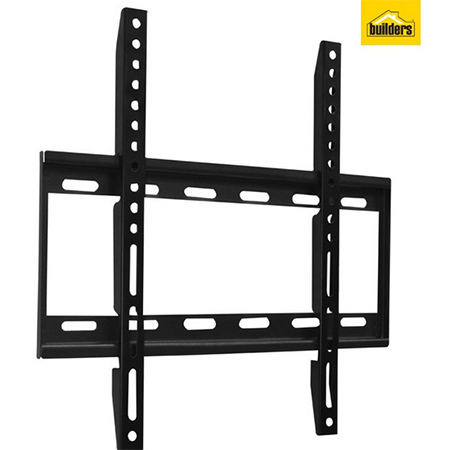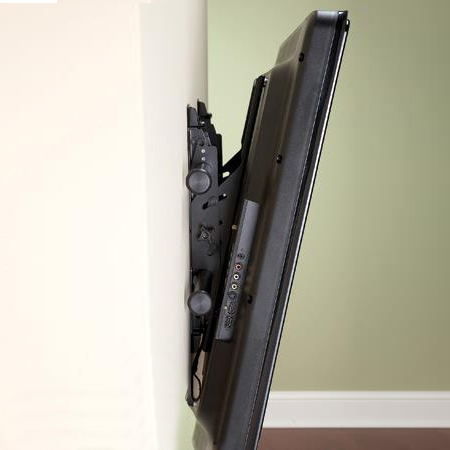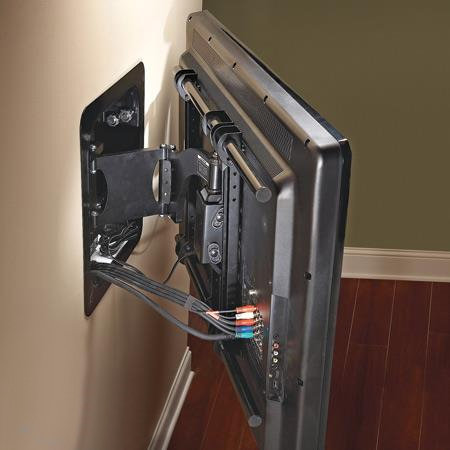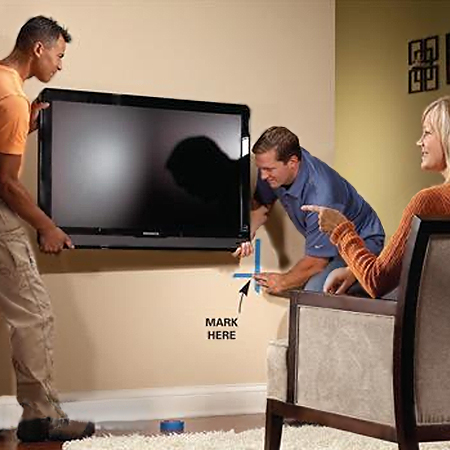Why It Is Better And Safer To Wall-Mount A TV
If you are investing in a large, flat screen TV for your living room, here are some reasons why it is better to have it wall-mounted.
23/06/2021
A large flat screen TV is an expensive investment and you need to ensure proper, safe installation not only for the TV but also for your family, especially considering the number of accidents that occur annually that are caused by a TV falling onto a child. But there are other benefits to wall-mounting a flat screen TV and we share these with you below:
Have More Floor Space
Mounting your flat screen TV on a wall gives you better flexibility when it comes to screen placement. Mounted on a wall that is long enough for the screen size lets you adjust the screen at any height or angle you prefer. For those who prefer to decorate their home in a minimalist style, mounting the TV onto a wall will open up the room and allow you to make better use of your space.
Not only does mounting a TV on the wall give you extra floor space, it also leaves room for furniture or for children to play without having to worry about the TV. Wall mounting the TV will allow for a better viewing experience since you can sit comfortably with fewer distractions to block sight lines
A practical side of mounting a TV on a well gives you the space to have cabinets underneath the screen in which to store your audio-visual equipment and accessories such as DSTV decoder, Blu-ray/DVD player and surround sound setup.
Child Safety
Not only are cables and wires a tripping hazards but they also look unsightly. If out of sight in a channel or inside a wall cavity there will be less of a danger risk and the television will also be out of reach of small children or animals who may try to push it off the stand.
Basic wall mounting bracket for flat screen TV available from Builders @ R130
How To Mount a TV on a Wall
Before mounting a TV on a wall, you will also need to consider the material of the wall. If it is a plaster wall, then attaching the mounting bracket using wall plugs and screws will be the easiest option. If the wall is face brick, cables may be harder to hide and you will also need to mount PVC tracking.
• Select the Mounting Bracket
Not all flat screen TV's can be mounted on a wall, so before you buy a new flat screen TV make sure that wall mounting is possible.
The next step will be to select a suitable mounting bracket. There are different models available, some pretty basic that offer no adjustment and others that can be tilted. The latter is the best choice if you want to place the TV high up on a wall and be able to tilt the TV down for easy viewing.
Other TV mounting brackets offer side-to-side tilting that allows you to angle the screen in either direction for viewing from different areas in a room.
• Determine the Best Position
Not only is getting the height for mounting a TV important but also where the TV will sit. Will you only view from one location or do you want it further along to view from other locations. First, make sure that the wall in wide enough to mount the TV and then decide the best position on the wall.
family handyman
• Mount at the perfect height
Determining the height for mounting a TV is important if you don't want the TV to be too high. Where a TV is mounted too high you risk having a sore neck from constantly staining upwards. Rather invite a couple of helpers around to decide on the right height. While seated on the main furniture, have two people hold the TV up against the wall to ascertain the best height and then use painter's tape on the wall to mark the location.
Keep in mind that there is no rule when it comes to the mounting height for a TV and it depends on the size of the TV and the room. A large flat screen TV in a big living room should be mounted slightly higher on the wall since the upward viewing angle is decreased the farther you sit from the TV.
• Installing the wall bracket
When purchasing a TV wall mounting bracket you will also be supplied with installation instructions.
Step 1
Using the painter's tape marks as your guide, measure in from that to determine the centre. Once you have the centre you can work outwards towards the top, bottom and sides to mark for screws. The measurements to transfer onto the wall will match those of the wall mounting bracket.
GOOD TO KNOW: Use a spirit level to ensure your screw marks are straight and level and, as always, measure twice. The last thing you want is for the TV to sit skew.
Step 2
The next step is to attach the wall mounting bracket to the back of the TV. Check that there are holes in the back of the TV for the screws. Sometimes the holes are covered with a removable plug that you need to pry off.
Step 3
Drill the appropriate holes in the wall for mounting the TV. It is recommended that you use only nylon wall plugs (Fischer or Rawlplug) and purchase the appropriate size to support the weight of the bracket and TV.
Step 4
Once the TV is safely mounted on the wall you can install PVC tracking to hide the cables and wires. The trunking is easily fastened to the wall with double-sided tape or hot glue.
Various types of PVC Trunking are available at Builders stores and are ideal for mounting on a wall or skirting to hide unsightly cables and wires.








